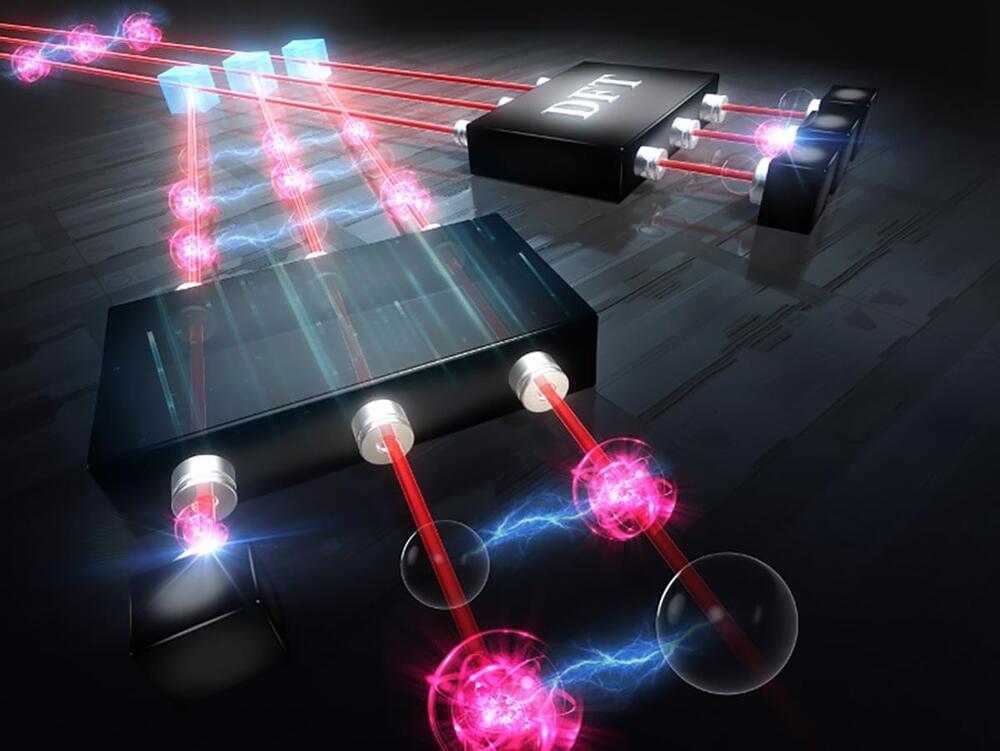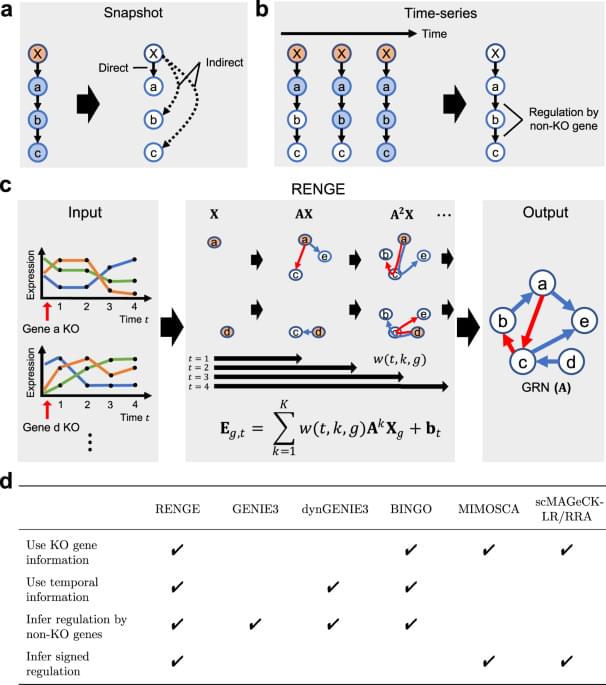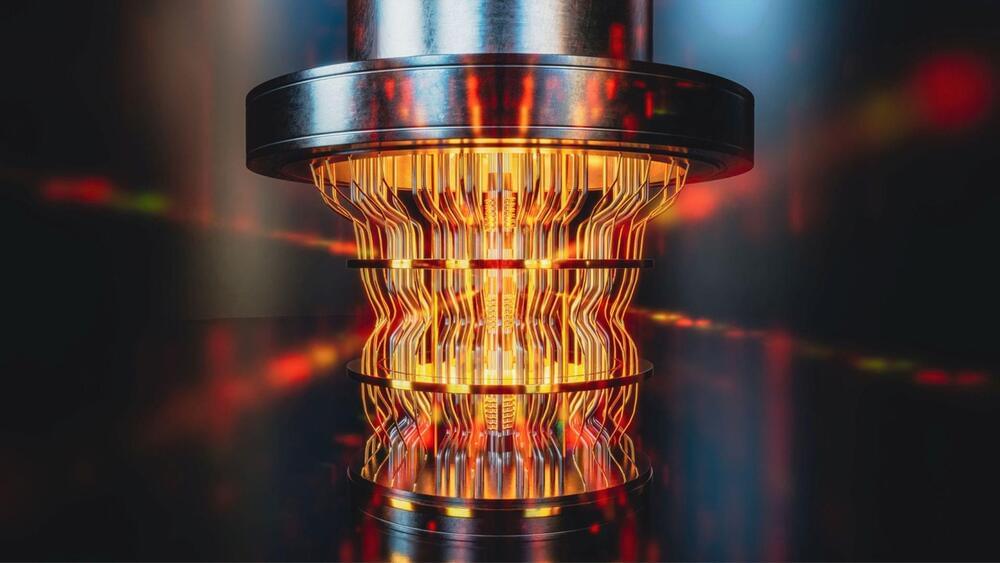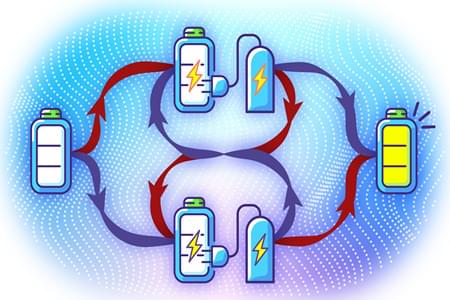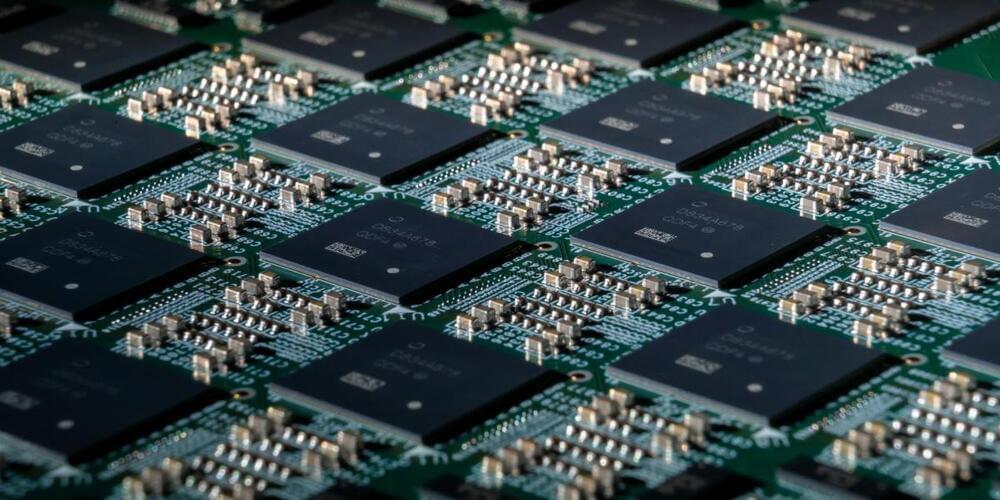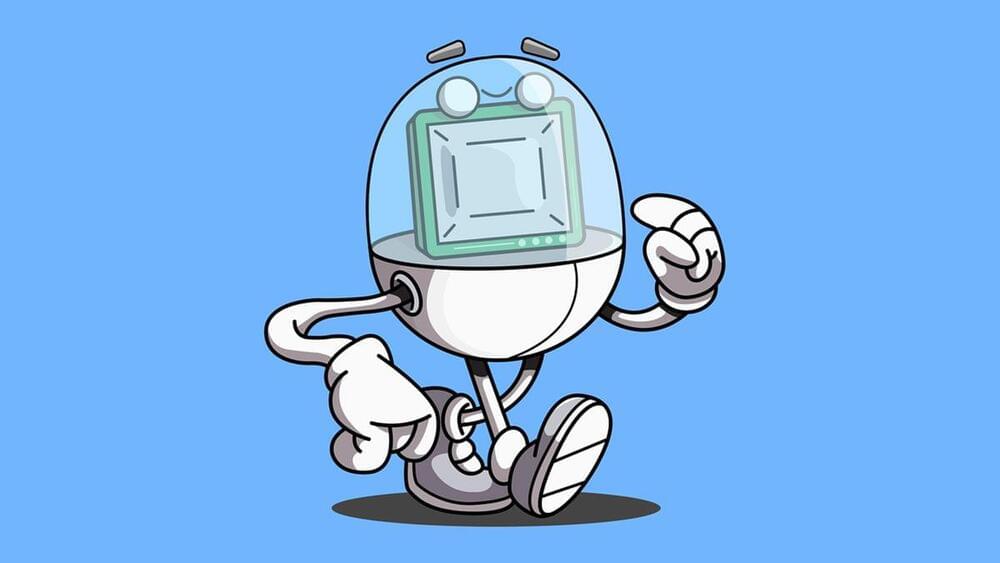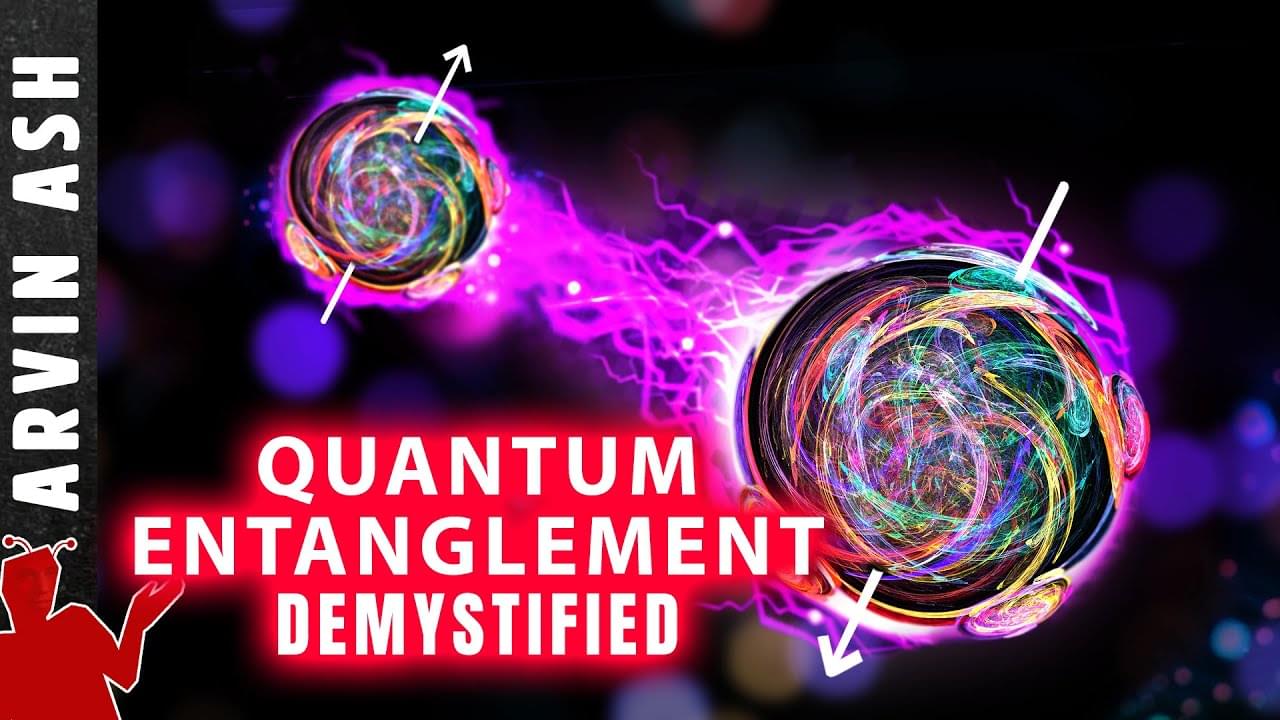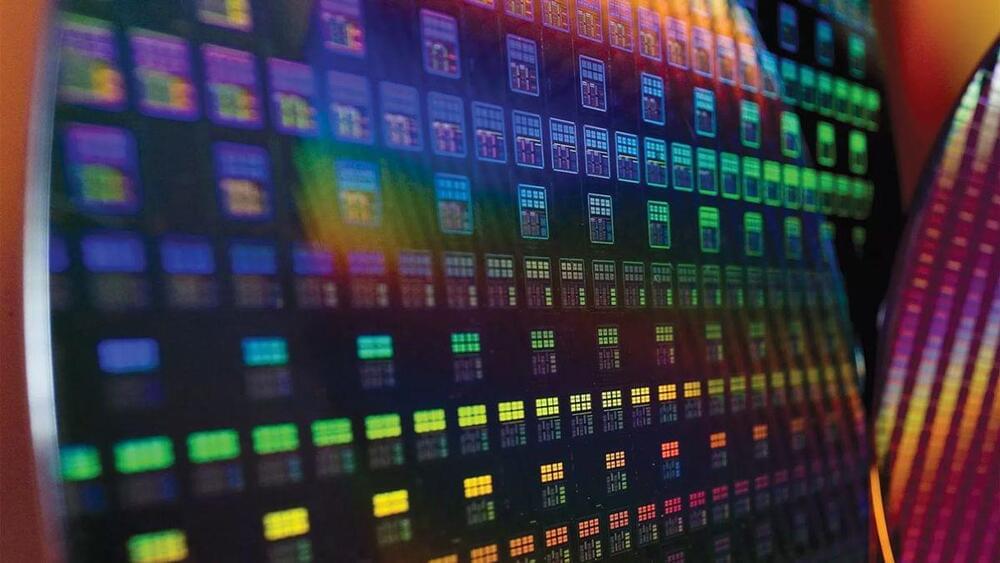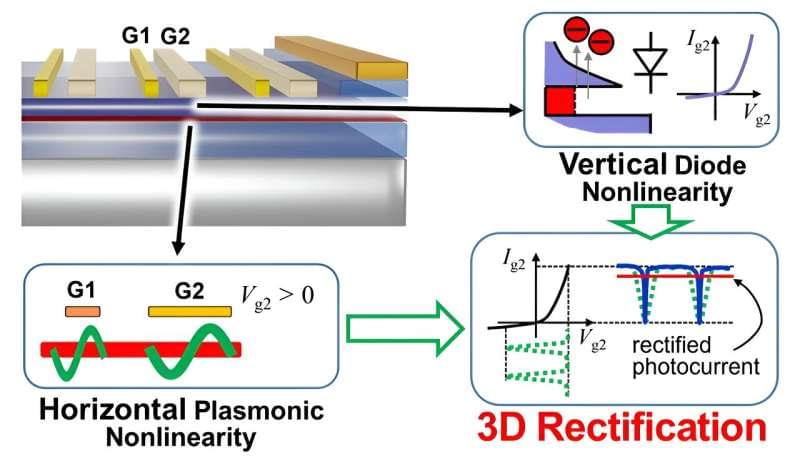Dec 30, 2023
Entangled in Innovation: How Multiphoton Magic Is Revolutionizing Quantum Technology
Posted by Saúl Morales Rodriguéz in categories: computing, quantum physics
A team of Japanese researchers has discovered significant properties of non-Fock states (iNFS) in quantum technology, revealing their stability through multiple linear optics and paving the way for advancements in optical quantum computing and sensing.
Quantum objects, such as electrons and photons, behave differently from other objects in ways that enable quantum technology. Therein lies the key to unlocking the mystery of quantum entanglement, in which multiple photons exist in multiple modes or frequencies.
In pursuing photonic quantum technologies, previous studies have established the usefulness of Fock states. These are multiphoton, multimode states made possible by cleverly combining a number of one-photon inputs using so-called linear optics. However, some essential and valuable quantum states require more than this photon-by-photon approach.
